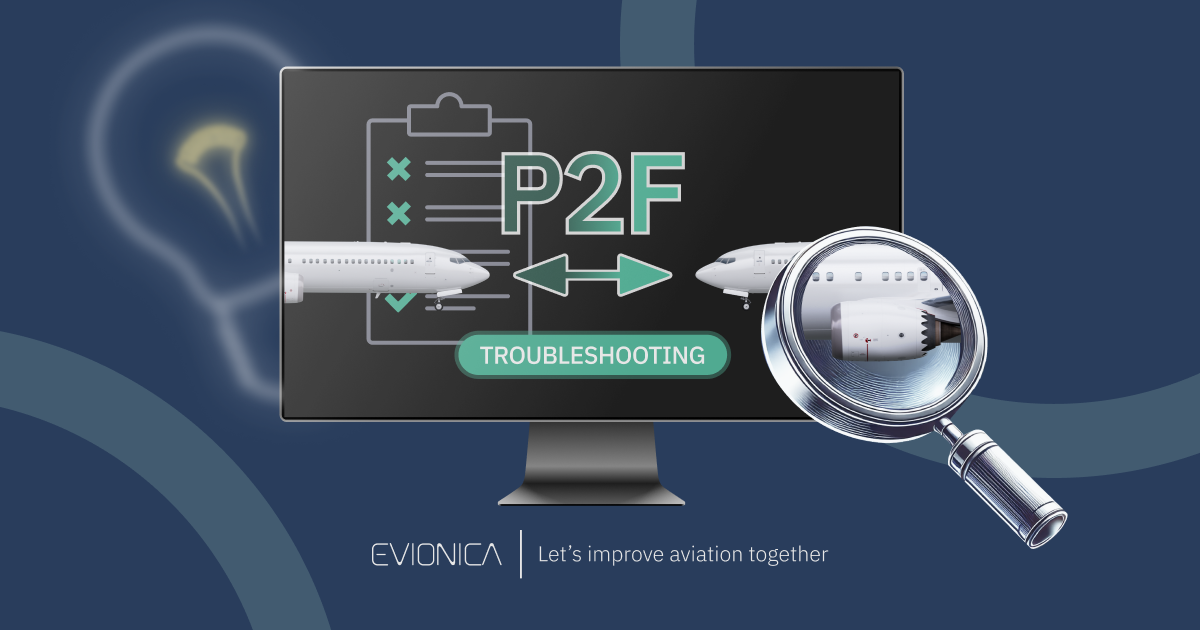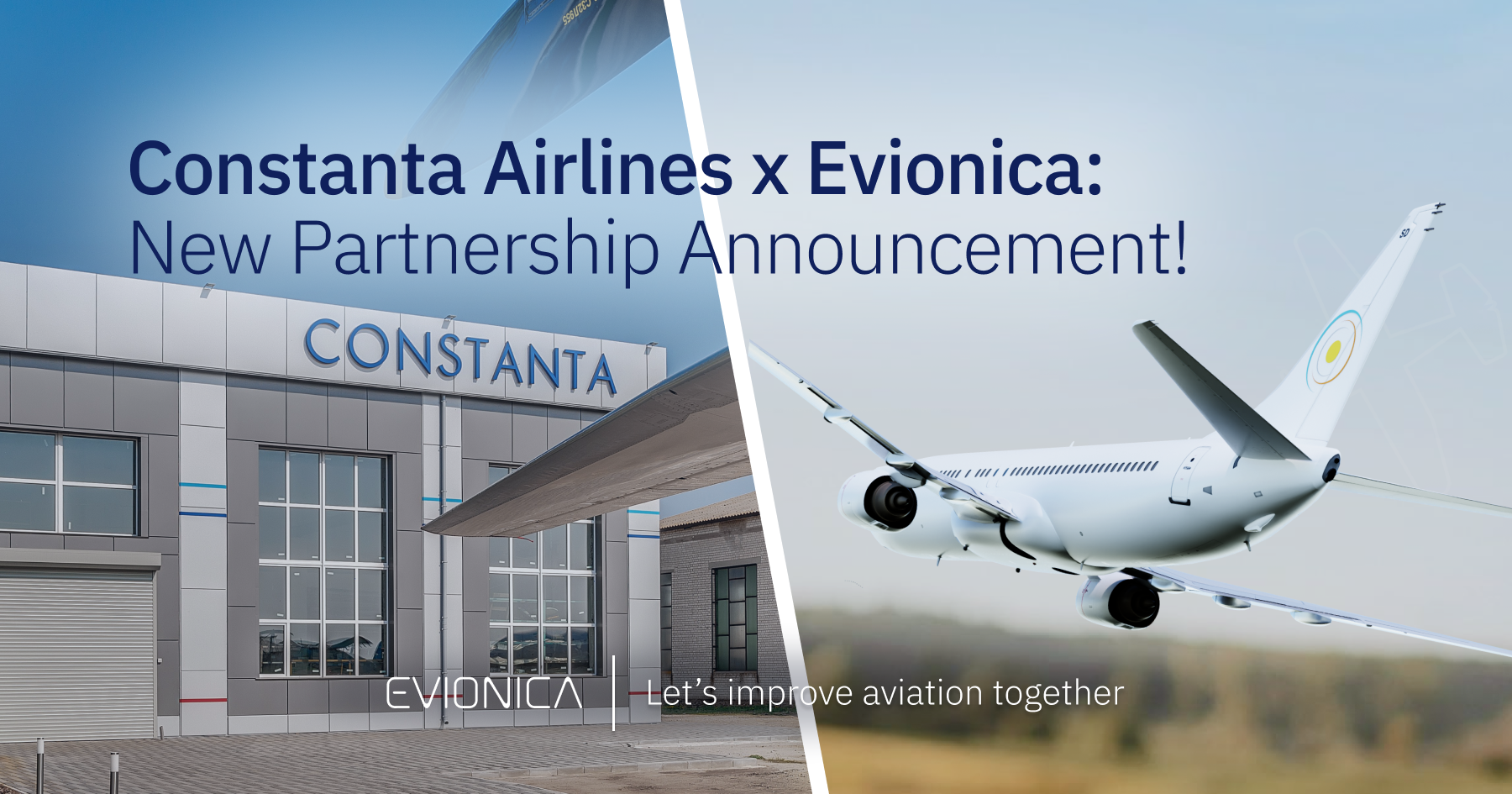P2F Troubleshooting: Your Go-To Guide!

As cargo airlines face an ever-increasing demand for air freight capacity, more and more are turning to P2F (Passenger-to-Freighter) to address these needs. On face value, this seems like a logical move; after all, modifying passenger aircraft into cargo planes enables you to maximize the lifespan of older passenger planes and offers a cost-effective solution to meet logistics needs. Let's be the party-poopers this time and provide a reality check. We're going to look at the common problems cargo airlines face when introducing P2F aircraft to their fleet:
Restricted Underload?
"Why is my underload so limited?"
- Design weights and CG limits
- Running loads
- Accumulated loads
- Positions’ maximum capacity
- And more...
The Evionica Solution
"I wasn't prepared for the complexity of dealing with multiple documentation formats for P2F aircraft."
It’s important to have a team of experienced aeronautical engineers behind you, providing you with solutions to such a common problem. It’s important that the team has a high level of familiarity with all the essential documentation formats (AHM560/565, manufacturer’s specs, converter’s supplements, loading systems). A provider whose experience and effectiveness are proven by its successful operations with airlines like WGA, GlobalX, SmartLynx, and Levu sounds like a pretty good place to start!
The Evionica Solution
- OEM-provided documentation, e.g., Airbus, Boeing
- Passenger aircraft IATA AHM 560/565 formats
- Supplements added by converters, e.g., EFW, Precision, IAI, AEI)
- Diverse ULD loading systems’ specifications
So Hard to Comprehend?
"It's costing a lot of time and money to train our crew!"
It's fairly typical to overlook training requirements for crew. As a result, they may be unfamiliar with the weight dynamics of converted aircraft (the complexity we mentioned above). In such situations, it is best to look for a Weight and Balance system that is easy to use, with a clear and intuitive interface, making it simpler for staff to learn and operate. Acquiring the right skills should be smooth and simple, ensuring optimal efficiency.
The Evionica Solution
Too Many Possible Solutions!
Which One to Choose?
"Ensuring proper load distribution and the highest performance of aircraft on our newly converted freighters is turning out to be a major headache."
The Evionica Solution
Last Minute Changes Delaying Flights?
"Our current system for validating alternate load distribution is way too sluggish! It’s costing us time and money!"
- Non-normative packaging
- Payload Manifest (UWS) typos
- Removed load
- Late delivery under the aircraft, etc.
The Evionica Solution
So Much Information to Be Typed in!?
"The more information we have to define, the bigger the chances we’ll make some mistakes!"
The Evionica Solution
Aircraft Specification Updates!
"The endless updates of aircraft specifications and their documentation cost us time and money!"
Maintaining and disseminating up-to-date aircraft documentation can be a challenge with a growing fleet. A centralized Fleet Database, serving as a single source of information, is the answer.
The Evionica Solution
More Troubleshooting Needed?
Evionica's Weight & Balance solution is designed to address all of your P2F challenges with absolute efficiency. From seamless integrations and intuitive interfaces to robust APIs and 24/7 support, our solution ensures your operations are smooth and compliant. P2F conversions are much more complex than they sound; that's why we've designed the right tools for you to manage them effectively.
If you have experienced any problems related to P2F conversions that we haven't covered in this blog, please let us know. Sharing our ideas and experiences is the best way to troubleshoot your P2F problems and, of course, improve aviation together.


